
A light Calendar and uncertain economic condition
- Key Earnings Reports This Week
- U.S. Economic Overview – Mid-April 2025
- U.S. Economic Outlook
- This is going to be a light week, but still, we have some data and events to watch
- Wall Street Outlook
- U.S. Dollar Outlook
- Eurozone Economic Outlook
- Gold Price Outlook: Navigating Market Uncertainty and Profit-Taking
- WTI Price Movement Outlook
- Bitcoin Market Conditions and Weekly Outlook
Global markets faced heightened volatility last week as President Trump’s sweeping “Liberation Day” tariffs triggered a 34% Chinese retaliation and EU countermeasures (excluding Hungary). The S&P 500 saw six straight sessions of 4.9% swings, while the VIX surged past 45. In response to trade-driven growth concerns, the ECB cut rates by 25 bps to 2.25%, and the Bank of Canada held steady at 2.75%. U.S. consumers reported rising financial stress, curbing major purchases, while UK Chancellor Rachel Reeves geared up for IMF talks to soften tariffs. Domestically, U.S. GDP growth showed resilience for now, buoyed by retail sales and manufacturing gains, though housing starts fell. China’s economy started strong but faces new U.S. tariff risks. Meanwhile, rising household debt and fears over construction cost hikes from tariffs add to the growing uncertainty clouding the global outlook.
Week Ahead in the Economic Calendar:
Key releases from the U.S. include New and Existing Home Sales, Durable Goods Orders, and PMI data. Globally, PMI figures will be published across most developed and developing economies. Other notable events include Japanese inflation data, U.K. Retail Sales figures, and interest rate decisions from the People’s Bank of China (PBoC) and the Central Bank of Russia (RCB).
Earnings Report
So far, around 12% of S&P 500 companies have reported their first-quarter earnings. So far, approximately 71% have exceeded EPS expectations, slightly under the five-year average of 77%. Overall earnings growth is tracking at 7.2% year-over-year, extending the streak of positive results to a seventh consecutive quarter. However, earnings surprises are averaging 6.1%, a bit lower than the historical average of 8.8%.
Tech giants, often referred to as the “Magnificent Seven,” continue to drive much of the momentum, with projected earnings growth of 14.8%, compared to 5.1% growth among the rest of the index. Market focus is now shifting to key upcoming reports from companies like Tesla, Alphabet, and Intel, especially as trade tensions and tariff pressures add to market volatility.
Key Earnings Reports This Week
Tesla (TSLA), Alphabet (GOOGL), Intel (INTC), Boeing (BA), IBM (IBM), Merck (MRK), Procter & Gamble (PG), Verizon (VZ), PepsiCo (PEP), and Elevance Health (ELV) will publish their reports during this week.
These reports come at a time when markets are grappling with increased volatility due to recent tariff implementations and global economic uncertainties. Investors will be closely monitoring these earnings for indications of broader economic trends and company-specific resilience.
U.S. Economic Overview – Mid-April 2025
As the immediate wave of tariff announcements subsided, recent U.S. economic data offered a mixed but generally resilient picture. Retail sales for March climbed by 1.4%, reflecting strong consumer activity, possibly fueled by accelerated purchases ahead of anticipated price increases. Manufacturing output also posted gains, with strength across sectors like electronics, aerospace, apparel, and plastics, pushing industrial production to its highest level since the pandemic.
However, signs of strain emerged in the housing sector. March housing starts dropped by 11.4%, while single-family permits saw their sharpest decline in a year, pointing to reduced builder confidence. Supporting this trend, the NAHB Housing Market Index for April indicated lower expectations for future sales.
Consumer sentiment showed a slight deterioration, with the University of Michigan’s preliminary April reading easing to 77.9, down from 79.4 in March. Short- and long-term inflation expectations ticked higher, suggesting growing concerns among households about rising costs.
Federal Reserve Chair Jerome Powell, in recent remarks, acknowledged the inflationary and growth risks associated with the new tariffs but reaffirmed the Fed’s commitment to maintaining anchored inflation expectations. As a result, markets continue to anticipate that any potential rate cut will be delayed until at least the June FOMC meeting.
In summary, while consumer spending and manufacturing remain areas of strength, elevated inflation expectations, housing market weakness, and trade uncertainty are key risks to monitor in the weeks ahead.
U.S. Economic Outlook
The U.S. economy continues to face a complex environment shaped by persistent inflationary pressures, evolving trade policies, and cautious consumer and business sentiment. The Federal Reserve remains cautious as it balances the competing risks of inflation persistence and economic softening. While markets remain attentive to future interest rate adjustments, the Fed has emphasized its commitment to maintaining long-term inflation expectations. Key upcoming data releases, including the PCE Price Index and the preliminary Q1 GDP report next weeks, are expected to heavily influence monetary policy decisions in the near term.
The escalation of tariffs has significantly impacted U.S.-China trade relations, with the World Trade Organization projecting an 80% decline in bilateral merchandise trade for the year. Broader global economic growth forecasts have been revised downward, with world GDP now expected to grow by just 2.2% in 2025, according to the latest international estimates.
This is going to be a light week, but still, we have some data and events to watch
New and Existing Home Sales:
Despite a modest decline in mortgage rates to an average of 6.7% in March, housing affordability remains a significant challenge. Existing home sales, while advancing slightly in February, are still approximately 25% below pre-pandemic levels. New home sales have been relatively flat in recent months, and builder confidence remains subdued amid high inventory levels and continued uncertainty over fiscal and monetary policy directions.
Durable Goods orders:
March data showed a 1.4% increase in durable goods orders, largely driven by a surge in defense aircraft orders. However, core capital goods orders—excluding defense and aircraft—declined, signaling softness in underlying business investment. Elevated borrowing costs and heightened tariff uncertainty continue to restrain capital expenditure plans, with small business sentiment around investment intentions remaining historically low.
Economic Growth and Inflation:
The latest estimate from the Atlanta Fed’s GDPNow model points to a -2.2% contraction in first-quarter GDP, reflecting the drag from trade disruptions and cautious business activity. Inflation expectations have also edged higher, with consumer forecasts for year-ahead inflation reaching 3.6% in March, marking the highest reading since October 2023.
Wall Street Outlook
As we enter the final week of April, U.S. equity markets remain under significant pressure. The S&P 500 has declined approximately 14% from its February peak, officially entering bear market territory. This downturn is largely attributed to escalating trade tensions following President Trump’s “Liberation Day” tariffs announced on April 2, which have introduced considerable volatility and heightened investor uncertainty.
The upcoming week will be critical for market sentiment, with several major corporations set to report their first-quarter earnings. In particular, Tesla and Alphabet—two members of the “Magnificent Seven” tech giants—are in focus due to their exposure to ongoing trade disputes and legal challenges. Overall, corporate earnings results and key economic data will play a pivotal role in shaping Wall Street’s direction amid persistent trade-related concerns.
Investor anxiety remains elevated, as evidenced by the Cboe Volatility Index (VIX), which, although retreating from recent highs, remains elevated at around 30—well above its historical median.
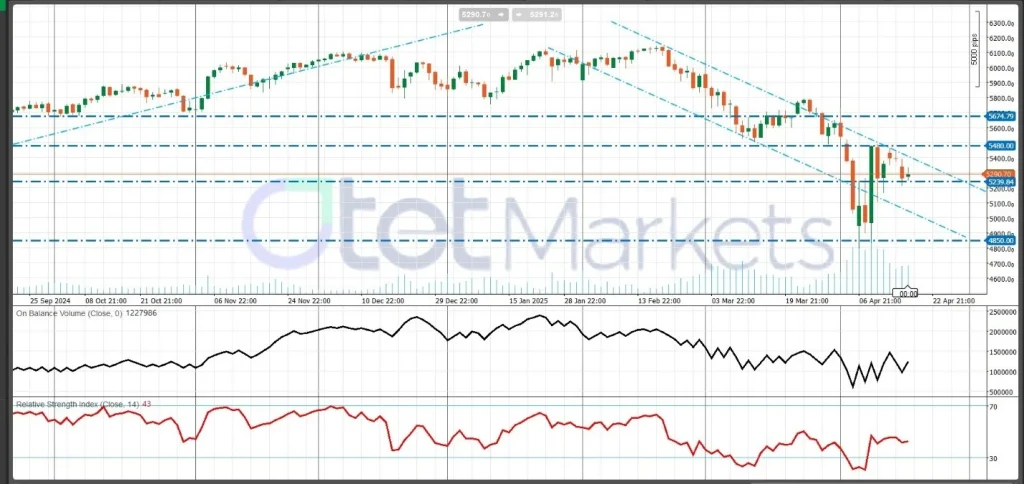
From a technical perspective, analysts warn that without clearer guidance on trade policy and stronger economic signals, the market’s downward trend may continue. Key support for the S&P 500 is identified at 4,850; a sustained move below this level could trigger further downside pressure. Conversely, resistance is seen at 5,480, and a breakout above this threshold could signal a potential shift in market momentum.
U.S. Dollar Outlook
The U.S. dollar continues to face significant headwinds as we approach the final week of April. Since January, the Dollar Index (DXY) has declined nearly 10%, reaching multi-year lows against major currencies such as the euro, yen, and Swiss franc. This depreciation is largely attributed to escalating trade tensions following President Trump’s “Liberation Day” tariffs announced on April 2, which have introduced considerable volatility and heightened investor uncertainty.
Investor sentiment toward the dollar has weakened notably. A recent Bank of America survey revealed record pessimism, with over 60% of fund managers expecting further depreciation. This view is echoed by PIMCO, which maintains a bearish outlook on the dollar and long-term U.S. Treasury bonds, citing rising protectionism and growing concerns over the United States’ safe-haven status.
While some analysts anticipate a potential short-term rebound, the broader outlook remains cautious amid ongoing uncertainty. Trade tensions, deteriorating investor confidence, and mixed economic data continue to shape the dollar’s challenging environment.
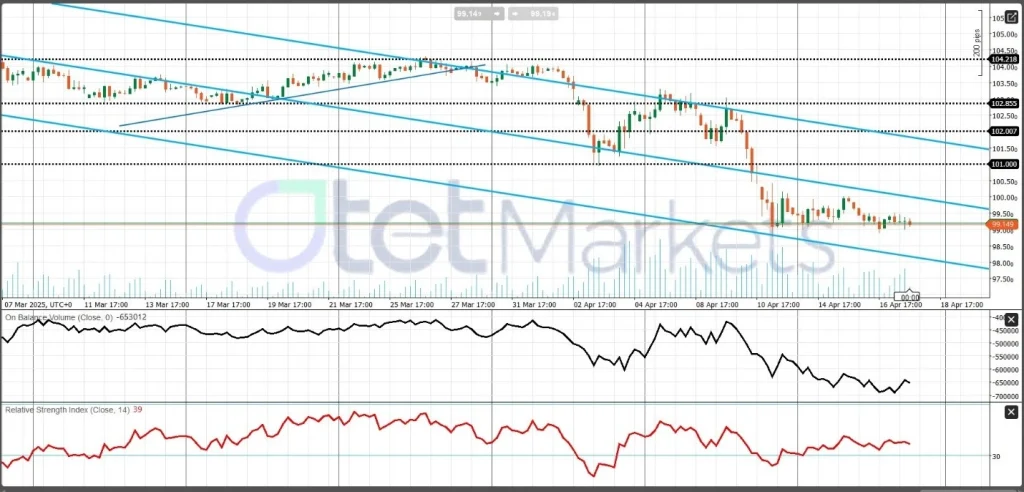
From a technical perspective, the trend remains bearish, although a corrective move may be underway. The Relative Strength Index (RSI) is recovering after reaching oversold territory, while the OBV indicator points to waning interest in a weaker dollar. Initial support is seen at 99.00, with the first resistance around 100.00. Sustained trading below the key 101.00 pivot level would likely preserve the overall downtrend.
Eurozone Economic Outlook
As we approach the final week of April, the Eurozone faces a challenging economic environment marked by modest growth, cautious consumer sentiment, and ongoing trade uncertainties. The European Central Bank (ECB) has implemented aggressive monetary easing, cutting its deposit facility rate by 25 basis points to 2.25% on April 17. This brings the total rate reduction from June 2024 to 1.75 percentage points, aimed at stimulating economic activity amidst subdued growth and inflation near the ECB’s 2% target.
Trade tensions, particularly the U.S. tariff announcements, add further uncertainty. While these tariffs are temporarily suspended for 90 days to allow for negotiations, the risk of renewed trade barriers remains a concern for businesses and policymakers in the region.
Next week, the release of April’s Purchasing Managers’ Index (PMI) data will be key. Consensus forecasts suggest a decline in both manufacturing (to 47.5) and services (to 50.5) activity, indicating a fragile economic outlook for the Eurozone. Such developments could further pressure the euro against its peers.
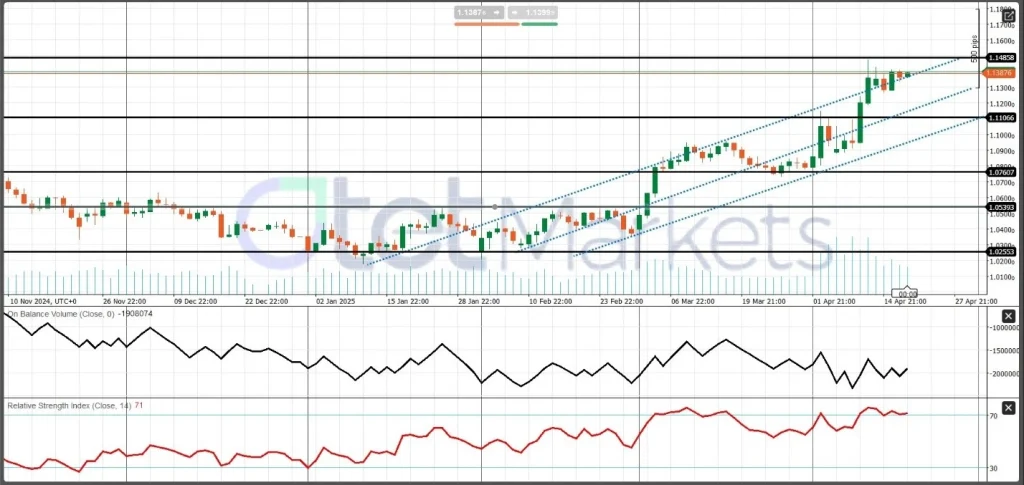
Technically, the RSI indicates overbought conditions, and weakening buying interest suggests a potential correction. Key support levels are at 1.11, 1.07, and 1.05, with the possibility of further downside if the second support level is breached.
Gold Price Outlook: Navigating Market Uncertainty and Profit-Taking
In the face of ongoing market uncertainty, gold continues to assert itself as the asset of choice, benefiting from substantial support from the official sectors, something not shared by silver, platinum, or palladium. This backing reinforces gold’s position as a trusted reserve asset, particularly during periods of geopolitical and economic stress. Although the precious metal appears overbought, with profit-taking currently underway, significant dips in gold prices are likely to attract renewed buying interest, as the broader outlook heading into 2025 remains highly uncertain.
Recently, gold (XAU/USD) struggled to maintain its position above the key $3,336 level. This price action prompted some investors to lock in profits and liquidate long positions ahead of the extended holiday weekend. While the rally in XAU/USD has paused, the overall uptrend remains intact, supported by a weakening U.S. dollar (USD), escalating trade tensions between the U.S. and China, and persistent demand from global central banks.
Ongoing tariff developments are adding to market volatility. U.S. President Donald Trump recently ordered an investigation into potential tariffs on critical mineral imports, as well as reviews of tariffs on pharmaceutical and chip imports. In addition, the U.S. is engaged in trade negotiations with multiple countries, and the possibility of a trade agreement with Japan, potentially announced over the weekend, contributed to short-term corrections in gold prices last Friday.
Despite the potential for near-term pullbacks, we maintain a bullish outlook on gold. Tactical profit-taking and potential margin calls resulting from equity market liquidations may drive short-term corrections, but the broader market conditions remain favorable for gold in the medium term.
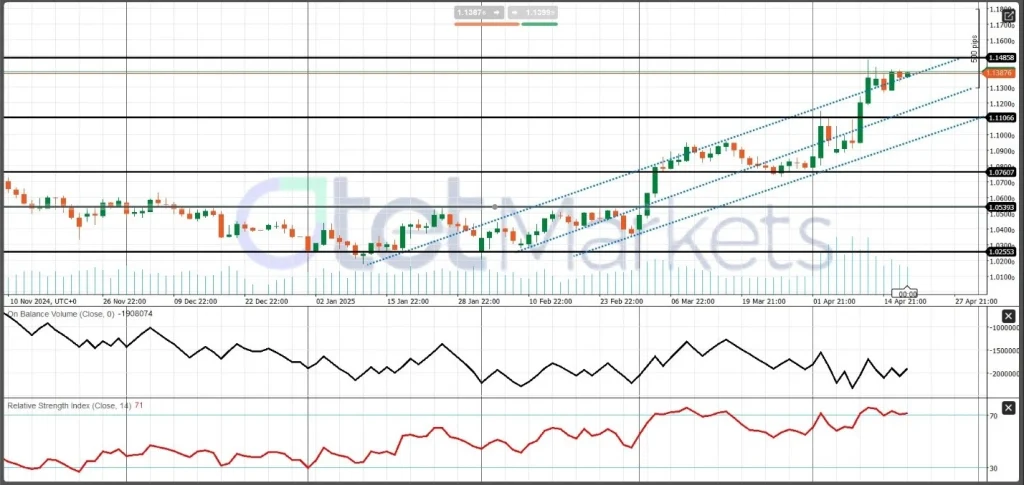
From a technical perspective, $3,255 represents a key pivot point. A breach below this level could signal a short-term correction, with the next targets for downside movement at $3,180 and $3,140. However, the overall bullish trend remains intact as long as gold continues trading above the $3,000 mark.
WTI Price Movement Outlook
OPEC+ is set to accelerate its oil output increase by adding 411,000 barrels per day in May, a decision made amidst heightened geopolitical tensions and tariff developments. Saudi Arabia, grappling with budgetary pressures due to its Vision 2030 spending plan, requires oil prices of $96.20 per barrel to break even, complicating its stance on production cuts. The Kingdom has been shouldering the majority of OPEC+ output reductions, significantly contributing to the group’s overall cuts.
Crude oil prices are poised for a weekly gain, driven in part by new U.S. sanctions on Chinese companies involved in oil trading with Iran. These sanctions, along with a forecast from the International Energy Agency (IEA) revising global oil supply growth downward by 260,000 barrels per day to 1.2 million barrels per day, have contributed to a boost in oil prices. The IEA highlighted lower oil production in both the U.S. and Venezuela as key factors behind this revision.
Several factors are supporting the rally in oil prices, including short covering, a weaker U.S. dollar, and increased U.S. pressure on Iran. However, concerns about global economic growth, particularly slower U.S. growth and a deceleration in Chinese economic activity, pose bearish risks to oil demand. Escalating U.S.-China trade tensions are also adding uncertainty, creating headwinds for global growth and, consequently, for oil demand.
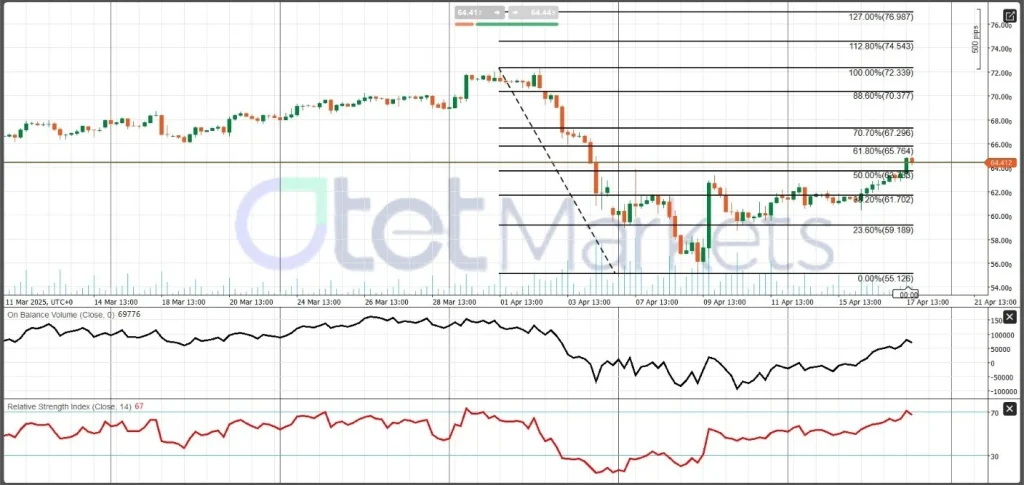
WTI has now recovered more than 50% of its previous losses, falling from highs above $72. If the price moves beyond the 61.8% Fibonacci retracement at $65.76, the trend may shift. However, should WTI fall back below the 50% Fibonacci level at $63.73, the next support targets would likely be $61.70 and then $59.20.
Bitcoin Market Conditions and Weekly Outlook
Bitcoin is currently trading sideways below the $85,000 mark, with significant unrealized losses reported for short-term holders, according to Glassnode. While long-term holders remain mostly in profit, rising unrealized losses put their gains at risk if downward momentum persists. Despite recent price corrections, Bitcoin has yet to confirm a sustained bullish trend, resembling historical bearish patterns and raising concerns among investors.
Global economic uncertainty, including geopolitical tensions and the Federal Reserve’s cautious stance on interest rates, has slowed Bitcoin’s upward momentum. The Fed’s approach, coupled with escalating trade tensions under President Trump, has added pressure to risk assets like Bitcoin. Meanwhile, gold has gained investor favor as a safe haven, limiting demand for Bitcoin. However, if profit-taking in gold occurs, some funds may rotate into Bitcoin, potentially providing support.
Bitcoin’s resilience amid these macro challenges suggests it could eventually be viewed as an alternative safe-haven asset. Although the market sentiment remains cautious and strong buying interest is yet to materialize, the decline in selling pressure over the past month offers hope for future price stability. For now, Bitcoin is expected to remain in a consolidation phase, with sideways trading continuing as investors monitor the evolving macroeconomic landscape.
On the technical front, trading below 92,000 remains bearish, although signs of a reversal are emerging as Bitcoin moves out of its downtrend range. Initial resistance sits at 87,000, and any uptrend must first prove price stability above this level. If Bitcoin fails to hold above 87,000 and falls below 80,000, we could see a return to the previous lows observed in October 2024.
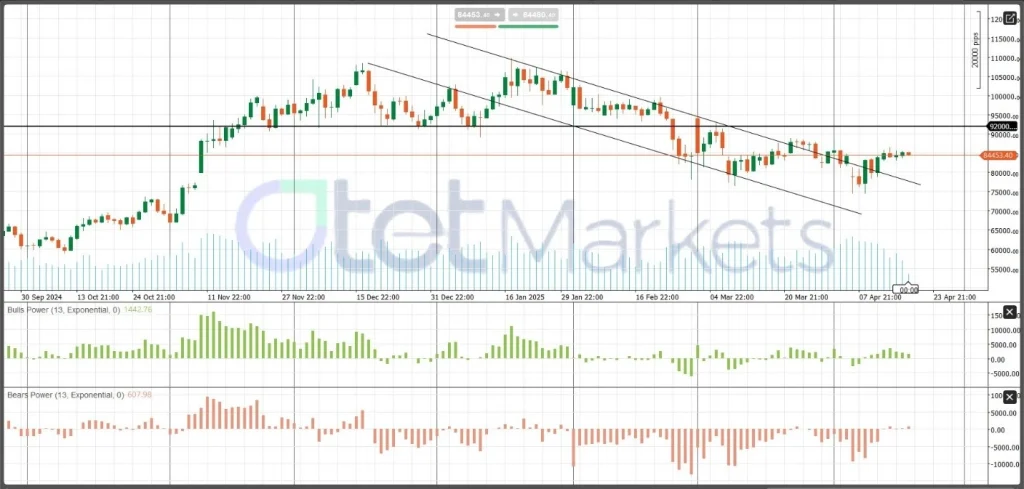
Share
Hot topics
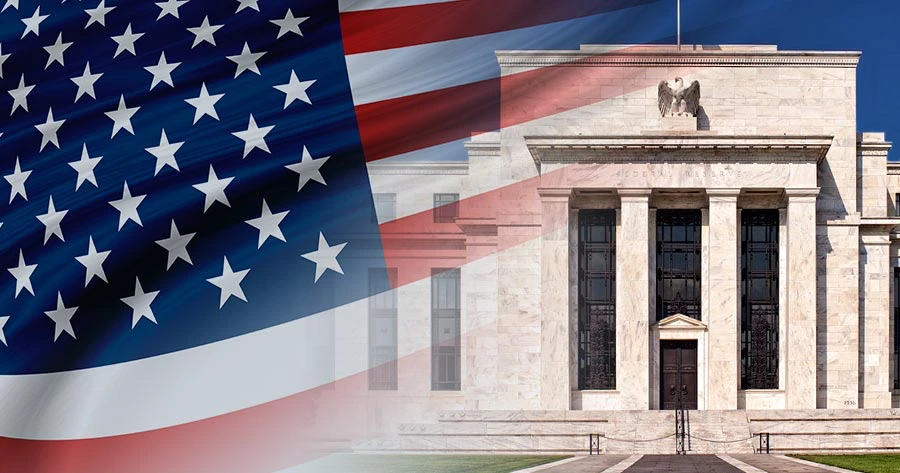
Federal Reserve’s Challenges to Trump’s New Policies
As the Federal Reserve Open Market Committee (FOMC) prepares for its upcoming meeting, all eyes are on how the Fed will respond to Donald Trump’s latest economic policies. With the...
Read more
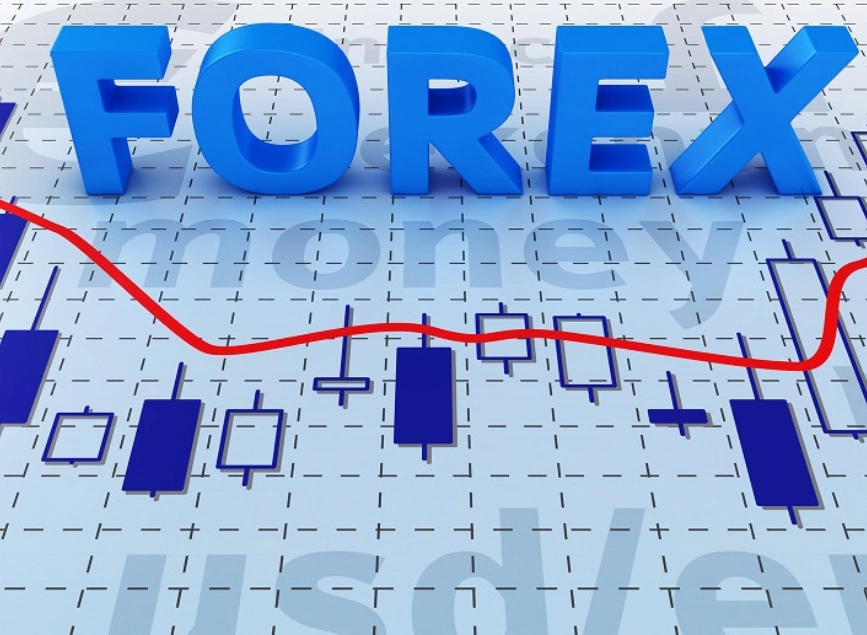


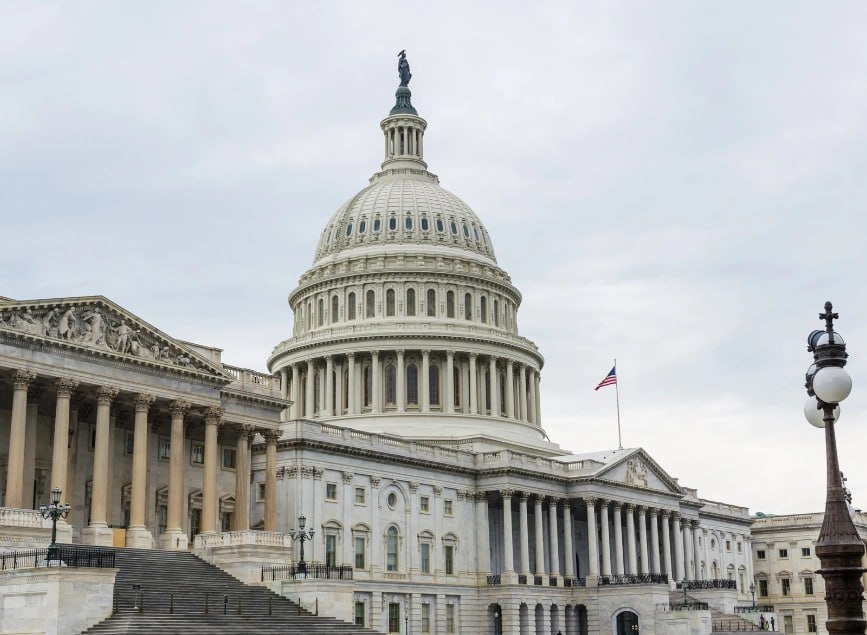
Submit comment
Your email address will not be published. Required fields are marked *